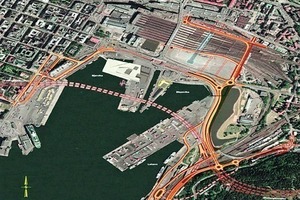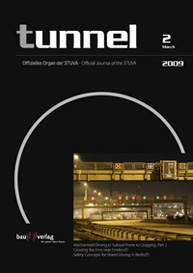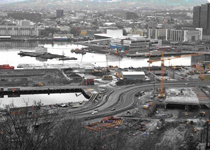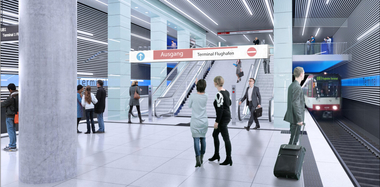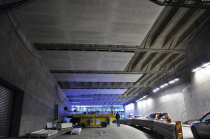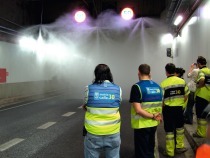First immersed Tunnel in Bjorvika/N
The city of Oslo/N decided in 1983 to improve traffic along its fjord (the bay of Bjorvika) (Fig. 1). They used this opportunity to give much more room to urban development, but also to create a more environmental friendly transport system within the center of Oslo. About 120,000 vehicles are driving through everyday along the bay, and the Norwegian road authorities decided to built an immersed tunnel to reduce time consuming, noise and pollution. To build this tunnel, they decided to prefabricate 6 low heat concrete elements onshore in a plant located in Bergen/N. Each element is 112.5 m...

